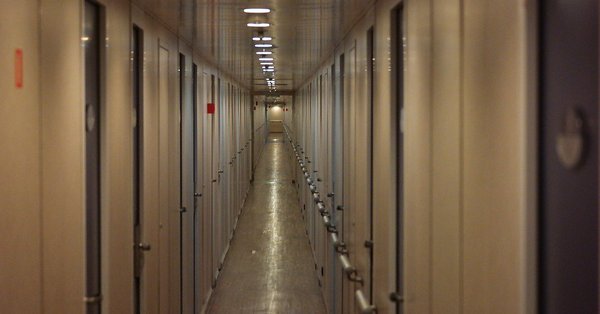Andrew Craig-Bennett provides readers with a history of hours of rest at sea. How much have things changed over the centuries?
A few years ago, ships were being pulled up for hours of rest breaches by Port State Control (PSC) officers all the time, everywhere. This was brought on by the International Maritime Organization (IMO) revisions in 2019. Today, an hours of rest breach is seldom the subject of a PSC deficiency or observation. Same ships; same crews.
It may be that seafarers have taken to heart the spirit and the letter of the hours of rest regulations and recommendations. When the new rules came in, they were not taken entirely seriously by what I want to call seafaring culture.
For centuries, fighting the urge to sleep was just a part of being a mariner. There isn’t someone else to give the job to while you take a nap.
Amphetamine usage is high on feeder boxships
Most sailing ships had two watches, not three, and many routine evolutions needed all hands; even if these were done at the change of watch, they ate into time off watch. It was quite usual for officers to pride themselves on how little sleep they needed.
Masters of clipper ships in the tea trade would sail from their loading ports having spent the last hours at anchor with the mate agreeing quantities and fiddling with stowage and the master occupied with the agent and actually signing bills of lading. They took a tug down a badly charted river and once clear of the bar they crammed on sail for the passage down a dangerous and poorly charted sea. If you look at any B.A.chart of the South China Sea you will be struck by how many reefs have names like “Fiery Cross Reef”, “Astrolabe Reef” and so on – named after the ships that discovered them the hard way. Masters commonly “kept the deck” for days on end.
Early steamships, with their bridge deck bridging the paddle boxes to give the helmsman a view past the funnel, inherited this culture, and the open bridge persisted to the last century. My late friend Captain Ralf Rutkowsky, a salvage master with Bugsier, definitely thought that enclosed wheelhouses were sissified, and totally disapproved of ice class ships with enclosed bridge wings. It is possible that Ralf’s wartime experiences, which included being torpedoed and sunk twice by British submarines when he was on ore carriers making the Narvik run, had something to do with this; as we all know, an ore carrier sinks quickly. What he might have said about the aircraft cockpit style comfy chair with the chart display unit I can only imagine.
I used to say that the typical British ship casualty – the nationally characteristic accident, took the form of:
Ship takes first pilot. Master on bridge.
Ship changes pilots. Master still on bridge.
Ship arrives at berth. Master still on bridge.
Completely cream crackered master takes over to put ship alongside.
Ship hits berth.
Now, it is all different… is it?
I think it might not be. Chatting with friends onboard, I am told, not that fatigue is a thing of the past, but that people have got much better at filling the forms in. There is a reason why people prefer the deep, deep peace of the VLCC, the capesize and the long haul boxboat to the hurly burly of the handysize and the multipurpose ship.
Right at the bottom of the pile is the feeder containership, the unglamorous workhorse with a silly number of port calls in crowded waters, a timetable, and a crew related to her tonnage.
This is Titanic lifeboat syndrome. Unless I am very much mistaken, a ship’s minimum safe manning document, which is for most ships the lifetime maximum manning document, because the builders, in their admirable determination to get the tonnage on which dues are paid as small as possible, don’t include spare cabins, is built on the station list for berthing.
And so we get the lowest form of seagoing vessel, the humble feeder containership, making high speeds in crowded waters with two mates and a master. The master has nothing to do in his oceans of spare time so he can easily stand a watch and let the mates, who can do cargo and navigation in a couple of minutes because they have disinformation technology to help them, catch up on their sleep.
Word reaches me that amphetamine usage is high on these ships. I could not possibly comment.
I can pass on the feelings of a friend who had got his ship all fast and everyone turned in after a long coastal passage when he had to wake them all up so that a nurse, who had been employed by his employers, could give then all drug and alcohol tests when they were not expecting them.
Too right they weren’t.

